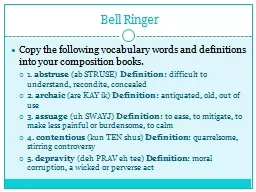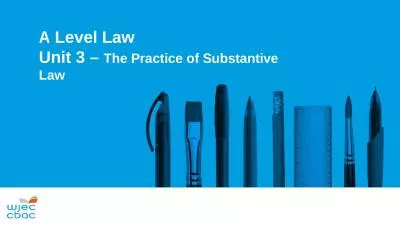PPT-Family law Unit 17 Prepare your own definition of a family and answer the following
Author : jane-oiler | Published Date : 2018-11-03
Which elements should be taken into consideration when defining a family Do you think that the definition of a family has changed in recent years Do you
Presentation Embed Code
Download Presentation
Download Presentation The PPT/PDF document "Family law Unit 17 Prepare your own d..." is the property of its rightful owner. Permission is granted to download and print the materials on this website for personal, non-commercial use only, and to display it on your personal computer provided you do not modify the materials and that you retain all copyright notices contained in the materials. By downloading content from our website, you accept the terms of this agreement.
Family law Unit 17 Prepare your own definition of a family and answer the following: Transcript
Download Rules Of Document
"Family law Unit 17 Prepare your own definition of a family and answer the following"The content belongs to its owner. You may download and print it for personal use, without modification, and keep all copyright notices. By downloading, you agree to these terms.
Related Documents














